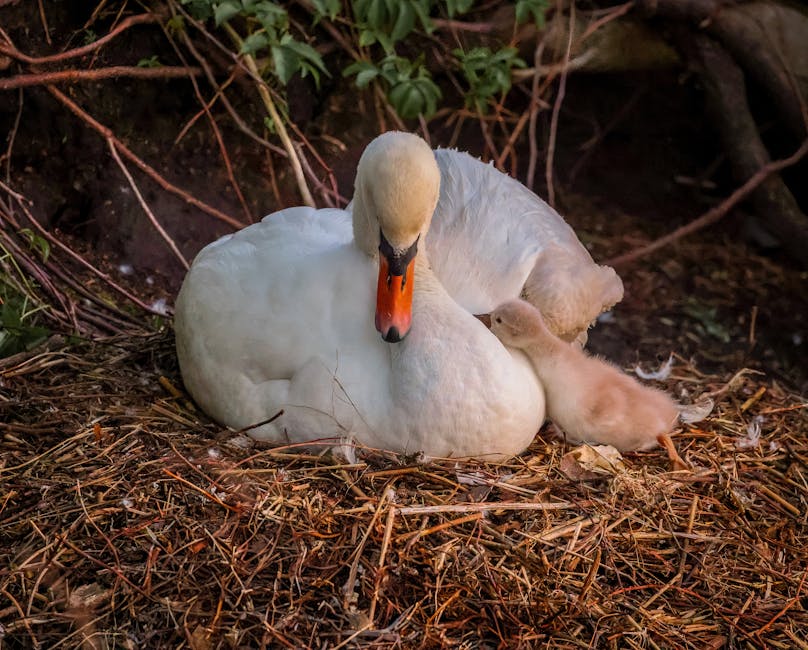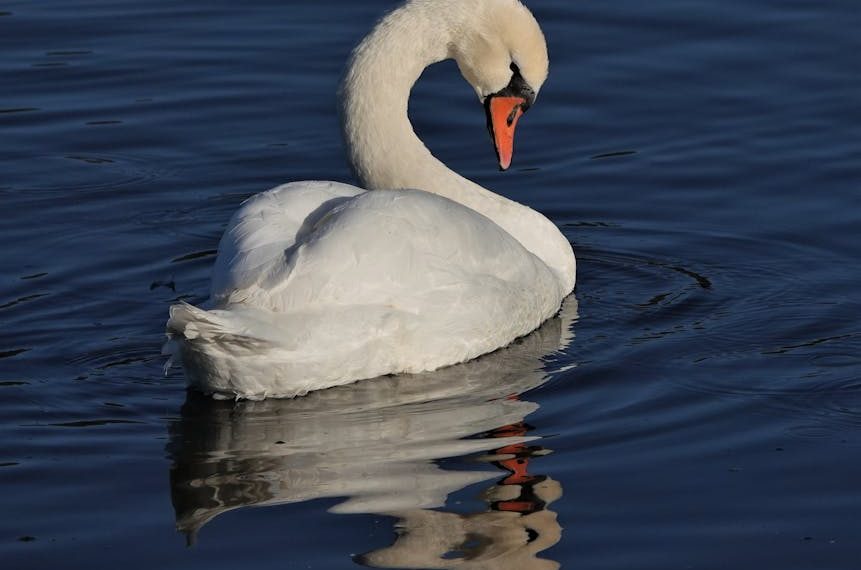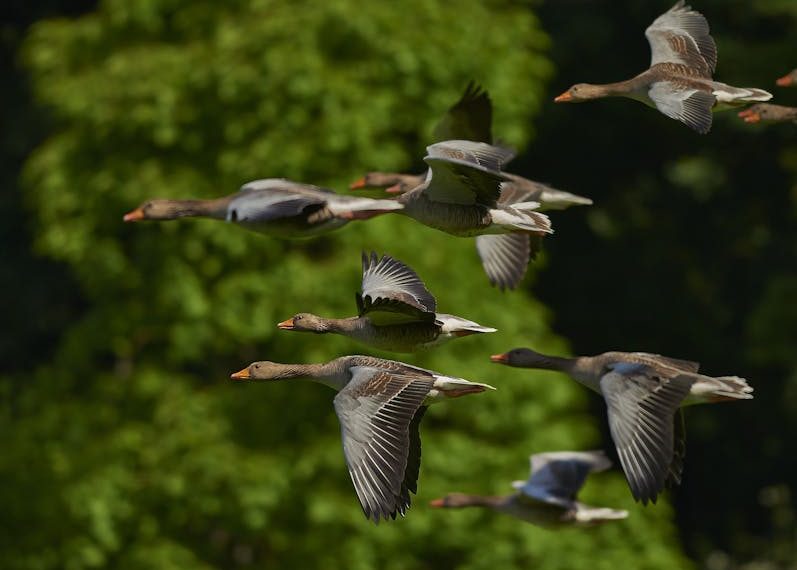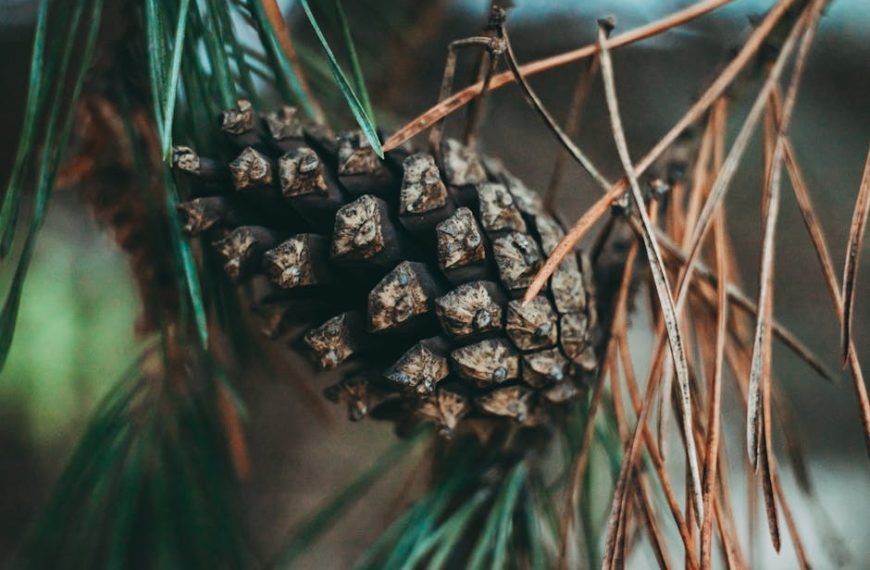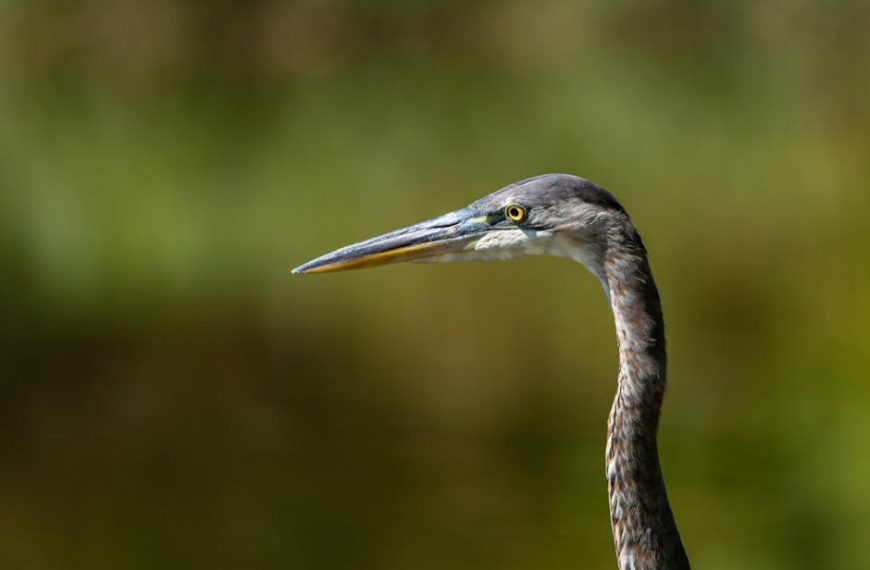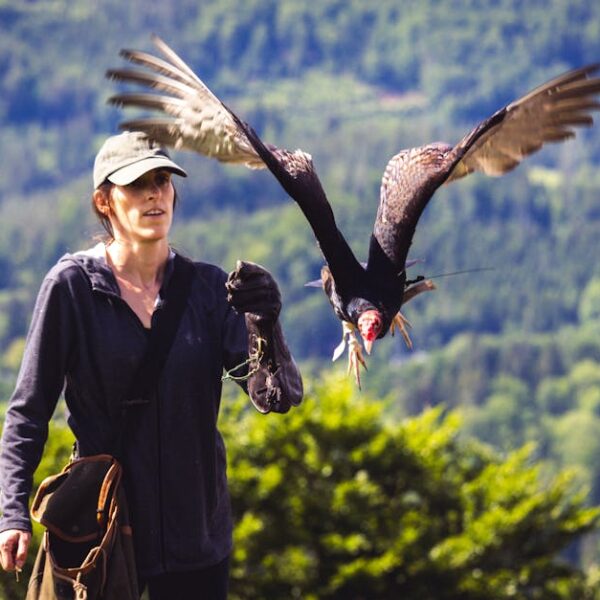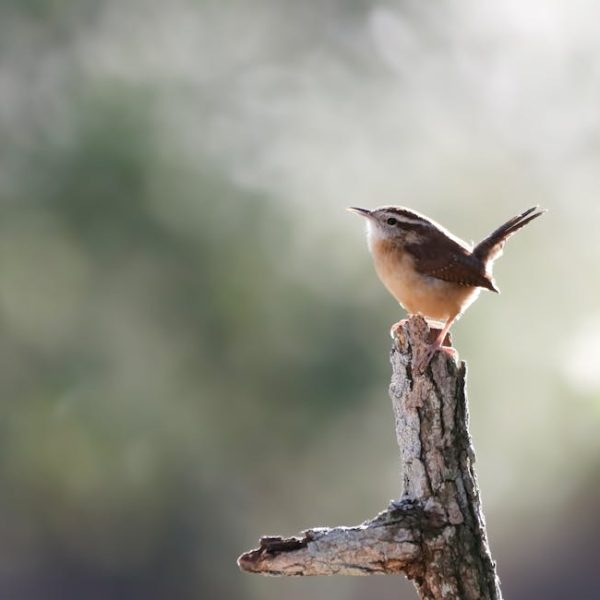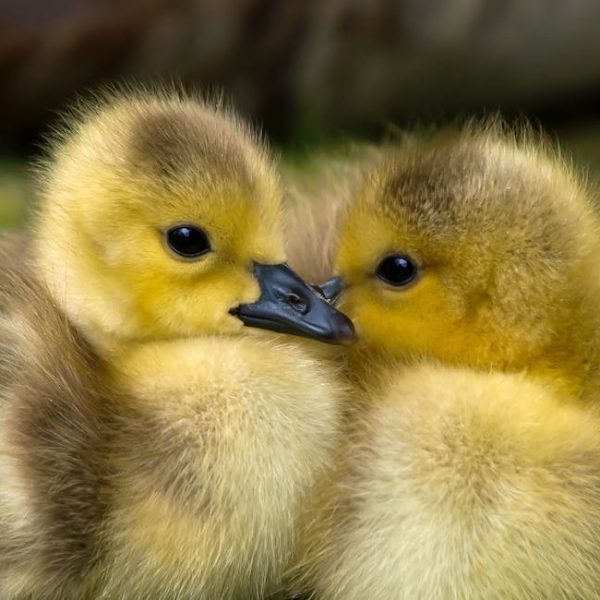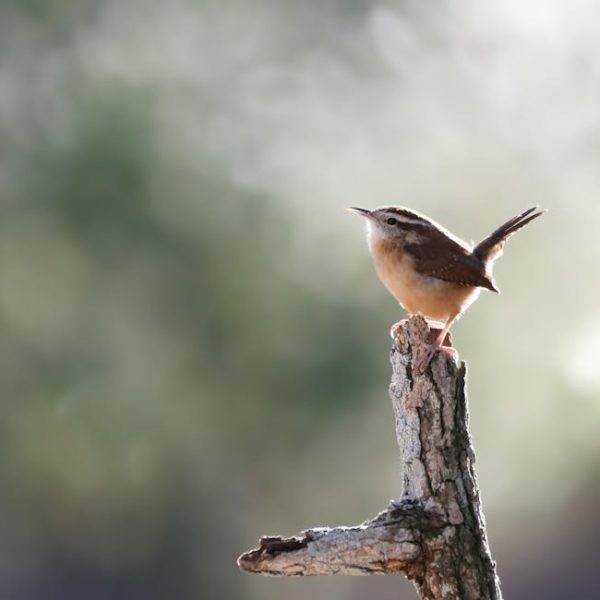Birds choose sheds as nesting spots for several reasons, primarily for shelter and safety. Sheds often provide a sense of seclusion and protection from predators or harsh weather conditions, perfect for building nests and raising chicks. Yet, this seemingly innocent choice can cause unintended problems for humans and birds alike. Nests can become hosts to bird mites and lice, while certain bird droppings carry diseases. Damage to stored items and unpleasant odors are added nuisances.
The common bird species that nest in sheds include sparrows, starlings, and swallows, though this may vary depending on your location. Some signs that birds have made your shed their home include loud chirping noises, bird droppings around your shed, and presence of nesting materials such as twigs, leaves, or feathers.
Preventive Measures To Keep Birds From Entering Your Shed
Prevention is key when addressing bird infestations in sheds. Not only does it maintain your shed, but it also helps protect bird populations by preventing unnaturally high concentrations in a confined space.
Regular shed maintenance can halt bird invasions effectively. This includes:
- Sealing openings: Birds can squeeze through surprisingly small cracks and openings. Regularly check your shed and seal any potential entrances with a solid material.
- Maintaining cleanliness: Hoarding items can create appealing nesting spots for birds. Keeping your shed clean and clutter-free discourages them from settling in.
- Minimizing attraction factors: Ensure no food or water sources, like pet feed or open water containers, are kept in or around the shed.
Best practices also include conducting periodic shed inspections, timely repairs of damages, and avoidance of key bird attractants such as food and water.
Using Bird Deterrents to Protect Your Shed
Bird deterrents play a crucial role in keeping your shed bird-free. These devices discourage birds from entering or roosting in your shed, reducing the likelihood of a bird infestation.
Different types of bird deterrents serve different purposes and their effectiveness can vary:
- Visual deterrents: These mimic predators or create unsettling visual effects for birds.
- Sound deterrents: Devices that generate noises imitating predators or distress calls of specific bird species.
- Physical deterrents: These physically prevent birds from roosting or nesting, for example, bird spikes or netting.
Consider using a combination of deterrents to maximize effectiveness. There are plenty of commercially available options, but DIY versions exist too. Remember, proper installation and use are critical for these deterrents to work well. Be sure to follow manufacturers’ guidelines or refer to reliable sources for DIY methods.
Safe and Humane Bird Removal Techniques
What if the birds have already nested in your shed? Remember, your response depends on individual circumstances and legal considerations. Disturbing or removing bird nests—particularly of protected species—can be illegal and subject to fines and penalties. Always check your local laws before attempting to interfere with a bird nest.
The safe and humane approach involves the following steps:
- Identify the bird species: Different species behave differently and may require individual handling techniques.
- Allow the birds to leave naturally: If the nesting process is near completion or chicks have been born, it may be best to wait until the birds leave naturally.
- Non-aggressive eviction: If the birds are still building their nests, consider non-aggressive eviction like regularly disturbing the area.
In situations where nests are too high, the bird species is protected, or if there’s an aggressive bird, professional bird removal services might be the best option. They have the training and tools to deal with these situations safely and effectively.
How To Maintain A Bird-Free Shed
Maintaining a bird-free shed doesn’t end with a successful eviction. It requires regular preventive practices and thorough monitoring to ensure birds don’t return to their chosen spot.
Here’s how you keep your shed bird-free:
- Regular Checks: Regularly inspect your shed for signs of bird infestations. Look for droppings, feathers, twigs, and listen for unusual sounds.
- Long-term deterrents: Keep up with the deterrent solutions you have installed. Make sure they are working correctly and consider changing them regularly to prevent birds from getting accustomed.
- Consistent clean-up: Maintain a clean, clutter-free shed. This reduces the attraction for birds looking for a nesting spot.
By sticking to these practices, not only will your shed stay bird-free, but it will also be a neat and pleasant space for your use. Always remember, the goal is to live harmoniously with our feathered friends while ensuring they don’t inconvenience our lives or endanger their own.
Key Takeaway:
- Birds choose sheds as nesting spots for safety and shelter, which can cause trouble for humans and birds alike.
- Regular maintenance and cleanliness of the shed are critical preventive measures to avoid bird infestation.
- Bird deterrents such as visual, sound, and physical measures can be critical tools in keeping your shed bird-free.
- It’s essential to implement safe and humane bird removal techniques – checking local laws is essential before nest disturbance or removal.
- After a successful bird eviction, ongoing preventive practices and monitoring help maintain a bird-free shed long term.
In this note, let’s acknowledge the beauty and value of co-existence. Birds, once a part of the natural landscape, have adapted to our ecosystems and often unknowingly become a part of our living space. The bird population needs its safety, and our sheds need their maintenance; this situation calls for a balanced approach. By understanding bird habits, keeping up with preventive measures, and opting for safe removal tactics, we can create an environment that serves both birds and us.
FAQs
Q: Why do birds choose sheds for nesting?
A: Birds find sheds an ideal place for nesting because they offer protection from predators and harsh weather conditions. The seclusion and safety of sheds make them perfect for birds to build nests and raise their chicks.
Q: How effective are bird deterrents in keeping birds away?
A: Bird deterrents can play a crucial role in keeping your shed bird-free by discouraging birds from settling in. Their effectiveness can vary based on the types (visual, sound, physical), correct installation, and usage.
Q: Can I legally remove birds or their nests from my shed?
A: The legality of removing bird nests depends on local laws and the species of the bird. Some bird species are protected, and disturbing or removing their nests might be illegal. It’s always advisable to check with local authorities or wildlife services before taking any action.
Q: What should I do if birds have already nested in my shed?
A: If birds have already nested in your shed, the first step should be to identify their species. If the bird species is not protected, you can consider non-aggressive eviction or wait for them to leave naturally. In some cases, professional bird removal services might be the safest option.
Q: How can I maintain a bird-free shed?
A: Regular checks, the consistent use of long-term deterrents and keeping the shed clean and clutter-free are key practices in maintaining a bird-free shed.
Your harmonious existence with our feathered friends can be comfortable and gratifying with the right information and practices. Don’t forget to share this informative piece and explore more related posts on our website.
